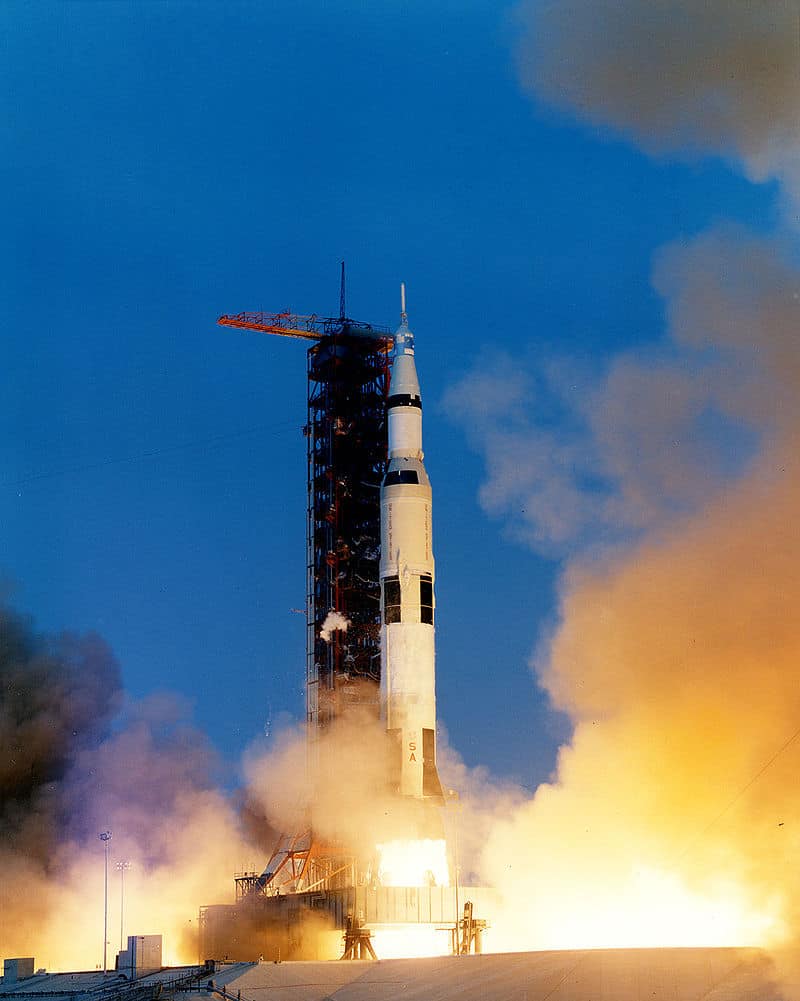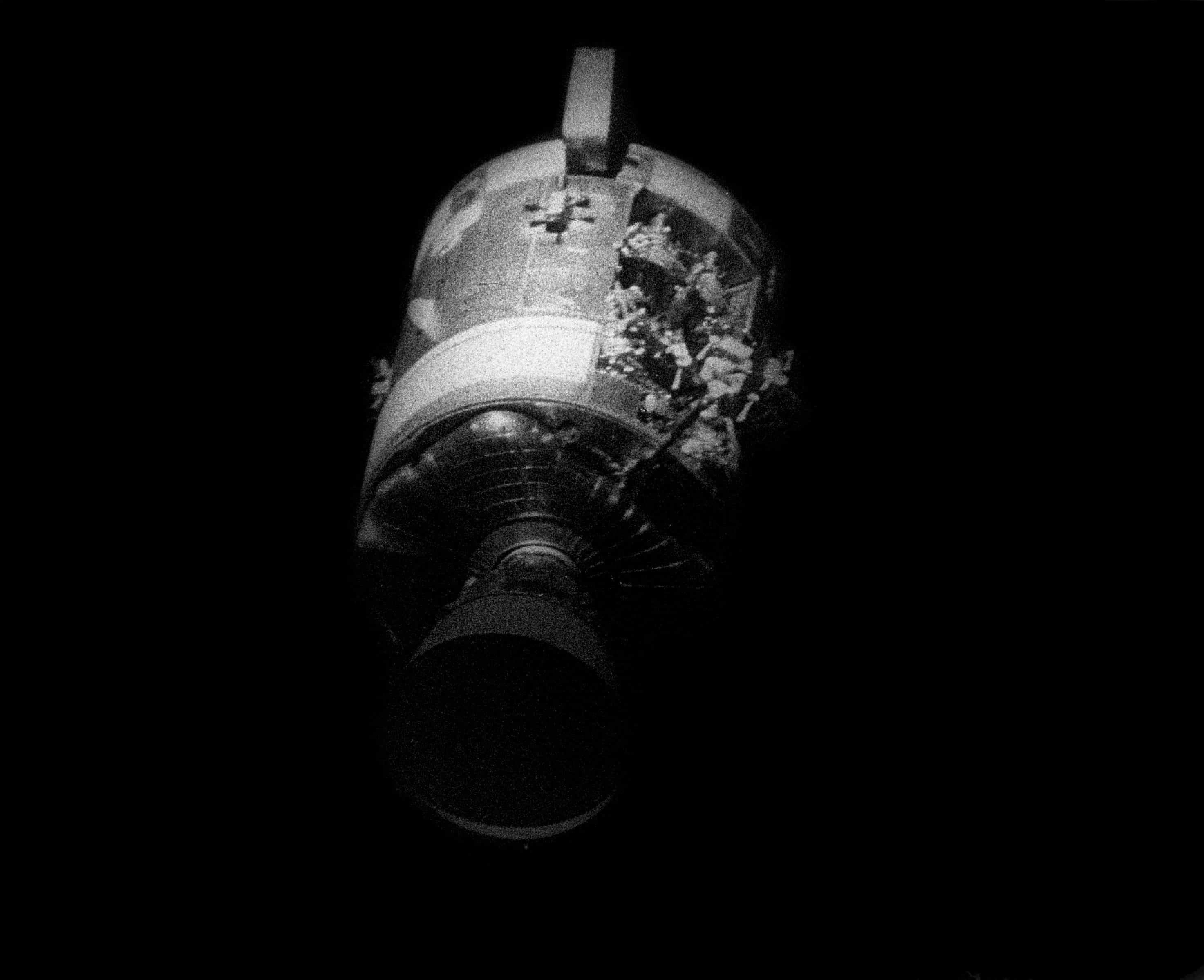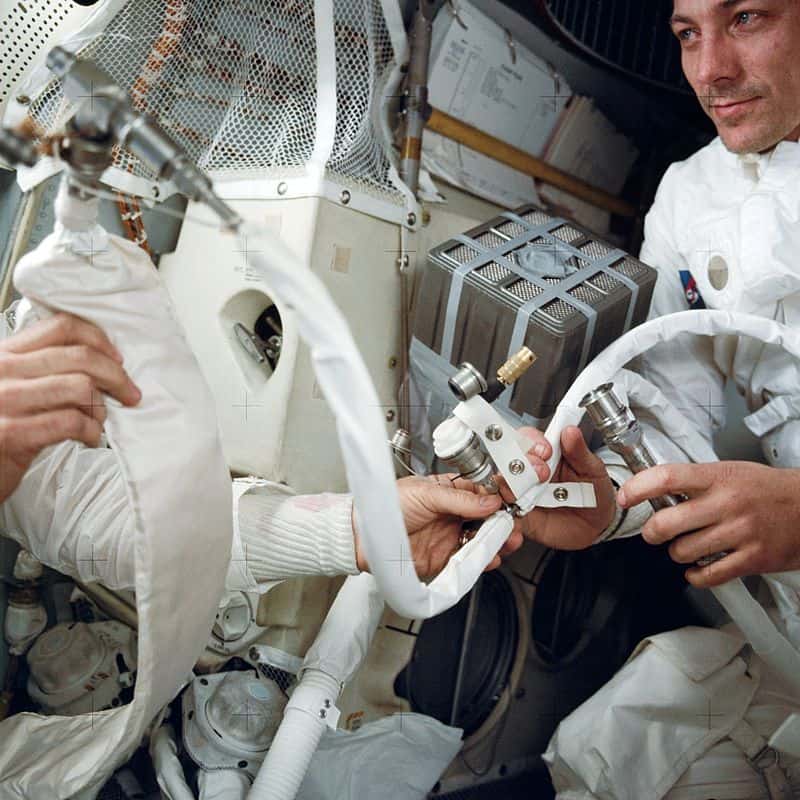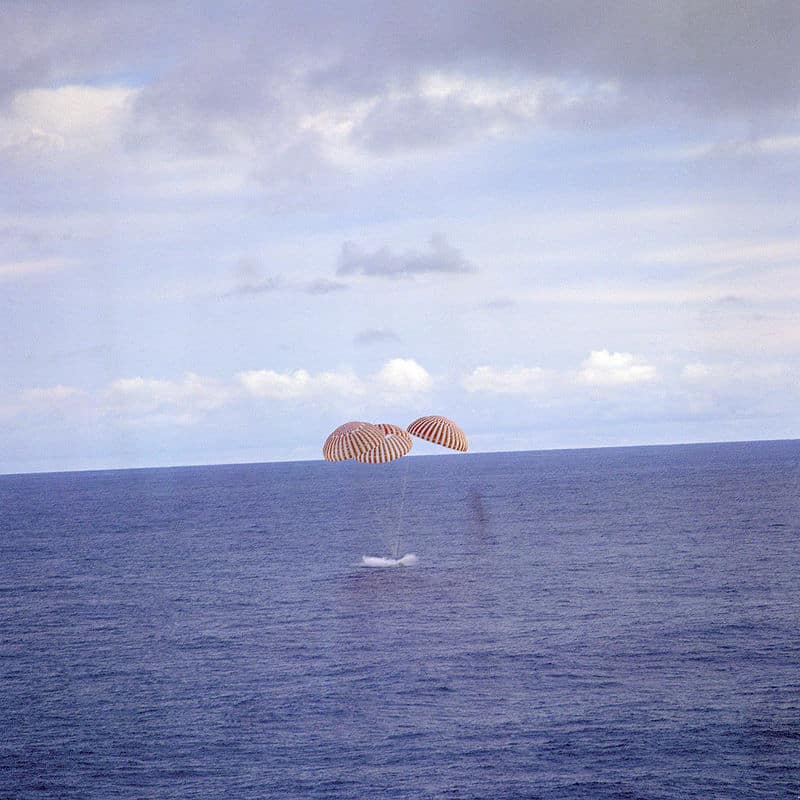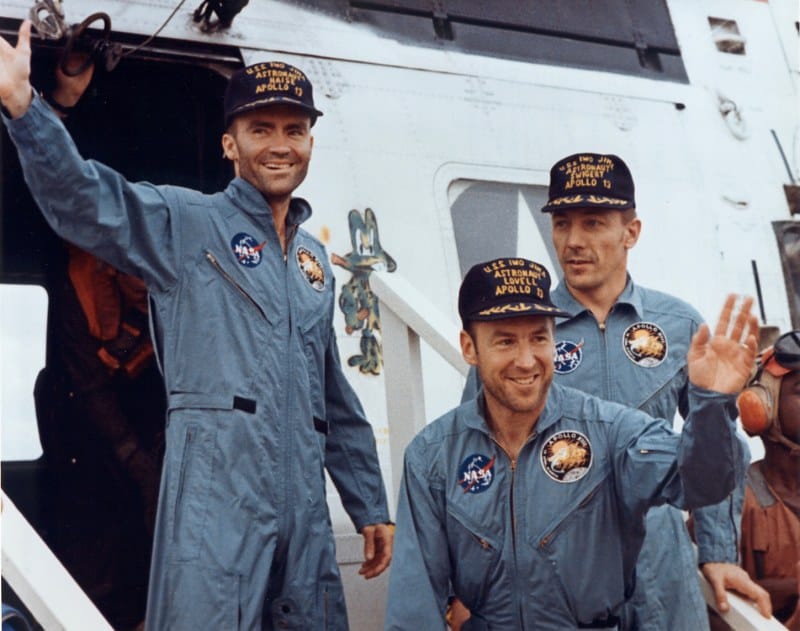I believe we’ve had a problem here.
—Jack Swigert, command module pilot on Apollo 13, April 13, 1970—
Apollo 13 was launched on time from the Kennedy Space Center on April 11, 1970 at 2:13 p.m. EST. Its crew was Commander James Lovell, Command Module Pilot Jack Swigert, and Lunar Module Pilot Fred W. Haise. Apollo 13 was to be the third manned space flight to land on the moon. Soon after the launch, an anomaly occurred in which the second stage engine stopped early, but engines in the third stage burned longer than had been planned, compensating for the early shutdown.
For a little more than the first two days beyond this event, no serious problems arose. Then, 55 hours, 55 minutes, and 4 seconds from launch—an explosion occurred.1 At the request of Mission Control [MC], command module [CM] pilot Jack Swigert pressed a button that initiated a necessary, routine procedure, one that stirred the super-cold [cryogenic] oxygen and hydrogen stored in tanks aboard the service module [SM].2
Because of a design flaw in the tanks, wiring insulation had been damaged. When a spark jumped between the wires in one of the oxygen-rich tanks, Apollo 13 shook violently.3 As the cryogenic gasses escaped, the ship’s “capability to generate electrical power, to provide oxygen and to produce water” decreased sharply as well. When the service module was jettisoned before the command module’s re-entry into the earth’s atmosphere, the crew at last was able to see it. Photographs “showed one whole panel missing, and wreckage hanging out, it was a sorry mess as it drifted away.”
Of course, no one immediately knew the full extent of the damage—only that something was very wrong. CM pilot Jack Swigert told MC in Houston, “I believe we’ve had a problem here.” The three-minute clip below captures portions of the conversation that took place between crew and ground personnel in the minutes following the explosion. A transcript can be found here. It’s a great example of calmness under extreme pressure.
As the specifics of the crisis became increasingly apparent, Mission Control realized that landing on the moon was now a no go and that without hard work, brainstorming, creativity, and very good fortune, the crew would forever be lost in space. Commander Lovell later said, “The odds were very small that we were going to get out of this alive.”
Apollo 13 had traveled 200,000 miles since its launch and now was 45,000 miles from the moon’s surface. At this point in the journey the moon’s gravitational pull was beginning to supersede that of the earth.4 This would become a key factor in the plan to bring the crew home. Former NASA Lead Flight Director Gene Kranz recalls that he and his men assessed and ran calculations on “the limited resources available in the damaged spacecraft. For the moment the power and the oxygen in the CSM [command and service module] would keep the crew alive but the LM [lunar module] was ultimately the only safe haven,” even though it had not been designed or equipped to accommodate the entire crew for a 4-day return trip to the earth.5
Soon Kranz was advised,
We have two basic options, a direct abort and one going around the Moon. The fastest direct abort gets us home in thirty-four hours. We fly in front of the Moon but we have to jettison the LM and use all the main engine fuel. We have several options that fly around the Moon. The best one takes two days longer, but we don’t use the main engine and we can keep the LM.6
Going around the moon also would utilize the moon’s gravity to pull the spacecraft “in an arc toward a rendezvous point with Earth,”7 but a multitude of factors had to be considered. The team “rapidly went through the mathematics; the lunar module was good for two crewmen for two days. A quick estimate using the LM powered-down checklists and taking the path around the Moon left us at least thirty six hours short on battery power.”8
Despite this drawback, the team reached a consensus that a direct abort was too risky. Moreover, going around the moon would buy Mission Control time to resolve the power shortage problem.9 With an overall plan in place, the crew retreated into the LM, and they and Mission Control powered down the CM, reserving its precious resources for later when it would bring the crew on its final leg of the journey back to earth. The move to the LM was timely, because life support and other resources the CM were ebbing fast.10 Some problems still were unresolved, and others would arise as the crisis continued to unfold.
Mission Control and the crew of Apollo 13 overcame nearly impossible odds. At one point, the crew had to perform a maneuver to rotate the spacecraft so it could be evenly heated by the sun’s rays. Jets were used to initiate the rotation, and without great precision, the craft would wobble. The procedure never had been performed using LM jets when both of the main sections of the spacecraft were docked. Furthermore, the jets on the LM were awkwardly located to initiate a smooth rotation in both modules. Apollo 13 wobbled on the first attempt, but fortunately, not on the second.11
Yet another life-threatening problem occurred when the ventilation scrubbers in the LM (which, as we have noted, had been designed and equipped for two men for two days) had been used up. Without these, carbon dioxide was slowly filling the cabin and poisoning the three-man crew. Command module air scrubbers were available, but these were incompatible with the LM. With speed, resourcefulness, and ingenuity, Mission Control personnel designed an adapter with on-board materials and instructed the crew on how to put it together.12
A tenacious Mission Control was able to solve one problem after another. Ultimately the power shortage problem was resolved as MC brainstormed and worked with resourcefulness and ingenuity, given the limitations and other particulars of the situation at hand. The crew was returning home, but in great discomfort. Not only did the men have to deal with a lack of food and water, but they also couldn’t sleep because of the biting cold air. A temperature of 38° F resulted when the electrical systems were shut off, and condensation formed on the walls of the LM.
Finally, April 17, the day of re-entry, arrived. After powering up the CM and relocating the crew to it, Mission Control and the crew of Apollo 13 faced yet another challenge. How could the two sections be separated in a way that would place the LM far enough away from CM before re-entry occurred? Normal separation procedures were not possible because of a lack of power and the lack of the service module, which by then had been jettisoned. The SM had been badly damaged anyway. MC had anticipated this issue and had contacted Grumman Aerospace Corporation, the manufacturer of the LM, to help resolve it:
Grumman called on the engineering expertise of the University of Toronto. A team of six UT engineers was formed, led by senior scientist Bernard Etkin, to solve the problem in one day. The team concluded that pressurizing the tunnel connecting the Lunar Module to the Command Module just before separation would provide the force necessary to push the two modules a safe distance away from each other just prior to re-entry. The team had 6 hours to compute the pressure required, using slide rules. They needed an accurate calculation, as too high a pressure might damage the hatch and its seal, causing the astronauts to burn up; too low a pressure would fail to provide sufficient separation of the LM. Grumman relayed their calculation to NASA, and from there in turn to the astronauts, who used it successfully.
As re-entry began, Mission Control and the world awaited the news of whether or not the crew would make it back alive. Normally on a lunar mission, because of the ionization of the air surrounding the CM during its descent to earth, a communications blackout period of about 4 minutes occurs. It’s a breathless time for those on the ground. In this case it was an especially intense cliffhanger, not just because of concern about possible damage to the CM’s heat shield because of the explosion, but also because the blackout period lasted six minutes.
Odyssey splashed down in the south Pacific Ocean at 1:07 p.m. EST on April 17, 1970, six days—142 hours and 54 minutes—after launch. Its recovery ship, the USS Iwo Jima, was four miles away, and within 45 minutes the ship’s crew had ushered Jim Lovell, Fred Haise, and Jack Swigert aboard.
With the safe return of the crew, perhaps the most exciting and breathtaking chapter in the history of American space exploration ended.
Copyright © 2017 by B. Nathaniel Sullivan. All rights reserved.
This account, which is part of a larger article, is excerpted from a Word Foundations article titled “Limited Options.”
Notes:
1Gene Kranz, Failure Is Not an Option: Mission Control From Mercury to Apollo 13 and Beyond, (New York: Simon & Schuster, 2000), 311.
2Ibid., 310.
3Ibid., 310-311.
4Ibid., 316.
5Ibid., 315.
6Ibid., 316.
7Ibid., 325.
8Ibid., 316.
9Ibid., 317.
10Ibid., 318.
11Ibid., 326-327.
12Ibid., 328.
